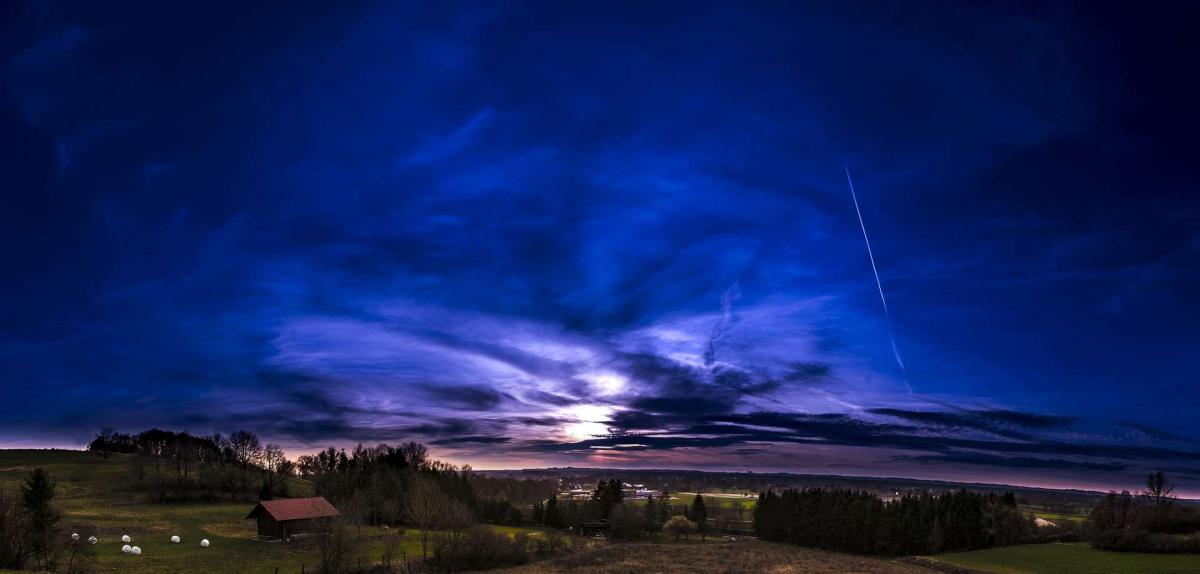Highquest Partners and a product strategist for timber and agriculture at GMO LLC (Julie Koeninger) have collaborated on a white paper on the history of farmland investment, at its heart the story, first, of how farmland has grown (since the late 1980s and the rebound from the farm crisis earlier in that decade) from a niche investment to a “mainstream” asset class that is available to retail investors as well as institutions; and second, of how there has been a pullback more recently, as commodity prices have fallen and remained law, lease rates have come under pressure, and so forth.
Most of the white paper is presented as a simple timeline, and in its simplicity it is valuable.
The line begins in the 1970s, time of the earliest “efforts to develop retail and institutional farmlands investment products.” Critics at the time denounced these efforts as threatening to family farms and, in the face of such complaints; in 1977 the Continental Illinois National Bank of Chicago dropped a plan to invest tax-exempt pension assets in an Agland Fund.
In 1980 the American Agricultural Investment Managing Co. came into being, again with the idea of mediating between pension investors and farm properties. Between 1981 and 1987 AAIM raised $16 million.
In 1983, George Schwab, Jim McCandless, and others founded Agrivest, which handled the agricultural investments portfolio of Connecticut Mutual.
Stagnation, Crisis, Recovery
Unfortunately for investors, global commodity demand went stagnant in the early 1980s. This especially hit the Midwestern farm belt in the U.S., because a stronger dollar and increased global competition to meet that stagnant demand hurt exports. Farms went bankrupt, farmland fell in market value, and institutions with farmland holdings had to scramble.
Agriculture and related markets began to stabilize in 1985. That year, too, Met Life launched Met Life Agricultural LP, which offered 50,000 partnership units at $1,000 apiece. Each unit had a ten year term, with an expected return of 5 to 6%. And the underlying assets were in the Midwest, Florida, and California.
In 1988 Barton Biggs wrote an article that proved very influential, titled, “Buy a Farm and Get Rich Slowly.” Biggs, who had literally invented the office of “Global Investment Strategist”, illustrated the negative correlation between returns on financial assets and those on farmland, touting farmland’s power as a diversifier of portfolios. Biggs argued that the United States remains the world’s lowest-cost ag producer, and that this is promising for the future of the asset class.
Biggs was the chairman of Morgan Stanley Asset Management at this time. Soon thereafter, Morgan Stanley offered investors a way of executing his advice, creating a farmland investment program led by Perry Hall, with property management provided by Arkansas’ Bronson Van Wyke.
Also in the late 1980s, Agrivest as a farmland investment manager was gaining institutional clients such as AT&T and Bell South. It was also gaining competitors in that space.
The ‘Nineties
In 1990, with the farm crisis securely in the nation’s rearview mirror, Hancock Agricultural Investment Group offered a new pure equity product, ACRE 2000.
In 1994 AAIM’s investors wanted liquidity, and to give it to them, AAIM sold assets to a Westchester Group LP.
In 1996, the Hancock Agricultural Investment Group joined with the Hancock Timber Resource Group to form the Hancock Natural Resource Group. HTRG offered investment opportunities in both farmland and timber to third party institutions as well as the Hancock General Account.
But through the second half of the 1990s farmland was a tough sell, because the new dotcom world and its auxiliary industries offered investors the promise of getting rich quick. So it may have seemed that no one was really interested in taking Biggs’ advice and getting rich slowly.
Nonetheless, big players remained interested in the fundamentals, and in 1999 Switzerland’s UBS acquired Agrivest.
The New Millennium
In 2004, the Alaska Retirement Management Board committed $200 million to a cropland portfolio. It has subsequently added to this commitment.
In 2007, as the global financial crisis was getting underway, but while optimists were still talking about how it was a mere “subprime” crisis which could be “contained,” Australia’s Macquarie Financial Services initiated its Macquarie Pastoral Fund, to own and operate beef cattle and sheep production properties in that country. This was the beginning of a livestock oriented sub-genre of farmland funds.
In the year the broader nature of that crisis became undeniable, 2008, Altima Partners created the Altima One World Agriculture Fund.
By February 2009, that fund was managing $625 million, and the International Finance Corporation, of the World Bank Group, teamed up with Altria to create a parallel fund, the Altima One World Agricultural Development Fund, with the goal of supporting farming and food production in the emerging markets.
The GFC was finding its bottom, but this was a moment of grave concern about famine and Malthusian pressures, which were reflected in the language of the World Bank release announcing the creation of the Ag Development Fund.
In 2011, Soros Fund Management invested in Adecoagro, an owner and operator of farms in Brazil, Argentina, and Uruguay, shortly before Adecoagro went public. As of the midpoint of 2011, Adecoagro was SFM’s largest single holding.
In 2014, the Canada Pension Plan Investment Board purchased a portfolio of 115,000 acres of Saskatchewan farmland from the Assiniboia Farmland LP, paying C$128 million.
Last year, 2016, saw the debut of the Australian Farmland Property Index, which as the white paper says is “comprised of property data from six anonymous qualifying property managers” covering properties worth A$827 million.
As Cher would say: the beat goes on.




